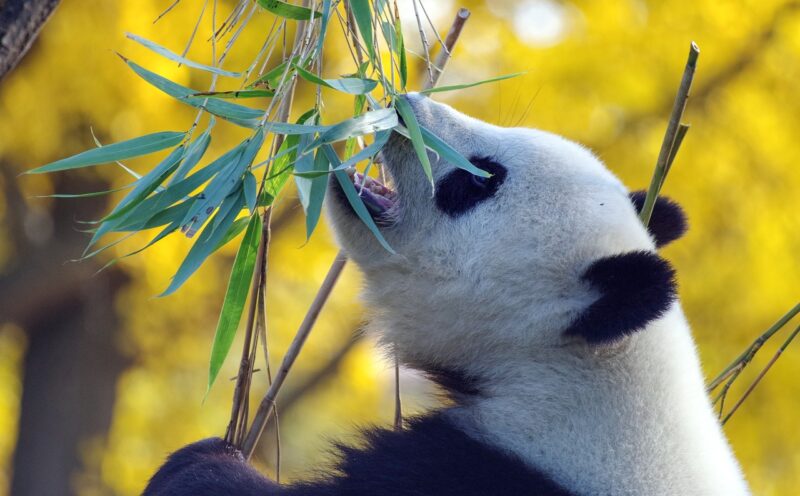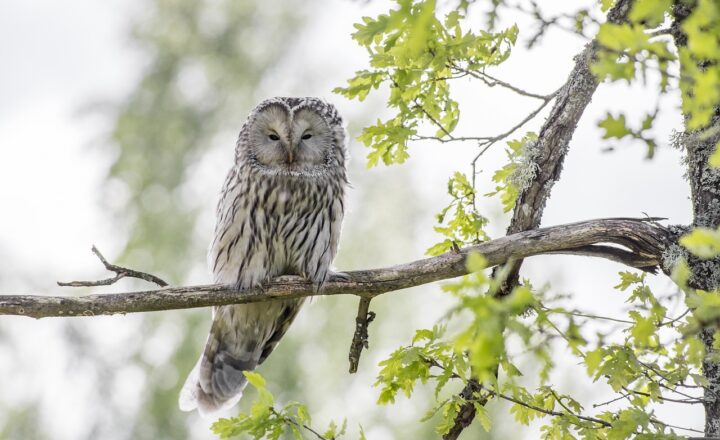Understanding Panda Communication: How They Interact in the Wild and in Captivity
November 15, 2024

Pandas are more than just adorable symbols of conservation; they are complex creatures with rich communication methods that serve vital roles in their survival and social interactions. From vocalizations to body language, each form of communication helps them navigate both the wild world they inhabit and the confines of captivity. This article dives deep into the fascinating ways pandas communicate, bringing to light their vocalizations, gestures, and even how their communication changes in different settings.
1. Vocal Communication: The Sounds of Pandas
Pandas are known to produce a variety of sounds that convey different messages. These vocalizations are essential for communication, particularly during mating season and while rearing cubs. Here’s an overview of some significant sounds pandas make:
- Bleats: This high-pitched vocalization is often a sign of distress and serves as a call for mothers to locate their cubs or for cubs to signal their needs.
- Chirps: Chirping is one of the common sounds between adult pandas, mostly used during courtship. It works as a mating call, signaling their interest to potential partners.
- Barks: More assertive than bleats, barks are used to establish territory or warn off intruders. Pandas may respond with barks to indicate high alertness or agitation.
- Growls and Moans: These sounds usually indicate discomfort, fear, or aggression, especially during confrontations either in the wild or captivity. Growls are often accompanied by threat displays like lip curling or swaying.
Understanding these vocalizations is essential for zookeepers and researchers, as they provide insight into the emotional states and welfare of captive pandas.
2. Body Language: Silent Signals
Pandas communicate not only through sound but also through their body language. Observing their posture and movements can reveal their emotional state and intentions:
- Posture: A relaxed stance, with the body low and limbs extended, indicates comfort and calmness, while a rigid body tells a different story, hinting at defensiveness or aggression.
- Facial Expressions: Pandas often use facial gestures to express emotions. For example, a wide-open mouth, combined with raised eyebrows, might signal a friendly greeting, while a frown or furrowed brows could denote irritation.
- Tail Movements: Pandas have a unique way of using their tails. A twitching tail can communicate excitement or playfulness, while a stiff tail might indicate a more cautious or aggressive demeanor.
- Use of Space: In the wild, pandas use space to communicate. If a panda retreats or avoids another bear, it might be a sign of submission or an attempt to avoid conflict.
Body language is especially crucial for pandas in captivity, where close proximity to humans and other animals may affect their natural behaviors.
3. Social Interactions: How Pandas Engage in Groups
While pandas are primarily solitary creatures, their interactions with others—particularly during mating season or when a mother is raising her cubs—are fascinating to observe. Here’s how communication plays a role in these social settings:
- Mother-Cub Bonding: A mother panda relies heavily on vocalizations and gentle nudges to communicate with her cubs. The mother’s soft bleats can soothe her offspring, allowing for a strong emotional connection to develop during the early vulnerable months of growth.
- Mating Rituals: During their brief breeding season, pairs of pandas often engage in a series of vocalizations and subtle gestures to establish a bond before mating. These interactions help set the stage for successful reproduction and the continuation of their species.
- Territorial Displays: Adult pandas may engage in displays of dominance, utilizing loud vocalizations to fend off rivals. Clawing or scent-marking is another form of communication that signals ownership of territory or resources.
Understanding these social behaviors is important for effective conservation efforts, especially given the endangered status of pandas. Breeding programs often rely on understanding these natural interactions to succeed in captive settings.
4. Differences in Communication: Wild vs. Captivity
Pandas in the wild and those in captivity exhibit notable differences in communication due to varying environmental factors. Let’s explore how their communication changes across these contexts:
- Vocalizations: In the wild, pandas are more vocal as they rely on sound to communicate across distances. In captivity, the abundance of close contact can lead to less vocal activity, as visual cues become more significant in their interactions with humans and caregivers.
- Behavioral Responses: Wild pandas have learned to be more cautious with their vocalizations and body language, as they must navigate a world of predators and competition. In captivity, they may become accustomed to human presence, which can alter their natural communication patterns and behaviors.
- Socialization Needs: While wild pandas prefer solitude, captive pandas might require social interaction with one another or humans for their emotional well-being. This need can drive changes in their communication to adapt to their new environments and relationships.
Acknowledging these differences is crucial for creating optimal living conditions in conservation and zoo settings. Their well-being often hinges on how effectively we can interpret and support their communication needs.
5. Conservation and Understanding Panda Communication
Understanding how pandas communicate enhances our ability to conserve them effectively. By being attuned to their vocalizations and body language, caretakers can:
- Improve Care Practices: Knowledge of panda communication allows zookeepers and biologists to respond better to their needs, leading to improved health and emotional well-being in captive populations.
- Enhance Breeding Programs: Recognizing the subtle cues in mating behaviors can significantly improve the success rates of breeding efforts among endangered populations.
- Educate the Public: Sharing insights on panda communication fosters a deeper understanding and appreciation of these magnificent creatures, heightening public interest and support for conservation initiatives.
By fostering this understanding, we move closer to effective conservation strategies and a better understanding of the vital roles pandas play in their ecosystems.
Conclusion: The Language of Pandas
Pandas employ a complex and multifaceted language of communication, using vocalizations and body language to interact with each other and their environments. Both in the wild and in captivity, their communication serves crucial roles for survival, social dynamics, and emotional well-being. Without a proper understanding of these unique interactions, conservation efforts may fall short, ultimately impacting the future of this beloved species.
As we continue efforts to protect and conserve pandas, remember that each bleat, chirp, and gesture conveys insights into their lives, allowing us to better comprehend and appreciate these magnificent animals within their ecological framework.
Whether at a research facility or a wildlife sanctuary, ongoing efforts to decode panda communication not only enrich our understanding of them but also highlight the importance of conserving their habitats and ensuring their future for generations to come.








